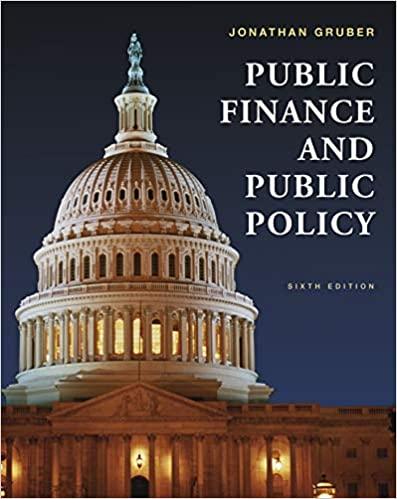The National Institutes of Health (NIH) is considering funding a grant for a promising research project that
Question:
The National Institutes of Health (NIH) is considering funding a grant for a promising research project that aims to cure a rare disease. The time frame of the research is five years. The grant would fund the hiring of 20 scientists making $150,000 per year for five years, a one-time investment in new lab equipment of $3 million during the first year, and $1 million per year for five years in lab supplies and materials. If successful, the cure would be available upon completion of the project, starting in Year 6.
As the scientist reviewing the proposal for the NIH, you estimate that the probability of success for this project is only 2%. However, if it were successful, it would immediately cure all patients with the disease, which is fatal within one year of diagnosis, and kills approximately 15 people annually.
To answer the following questions, assume the NIH uses a 7% discount rate, and is risk neutral.
a. Conduct a formal cost-benefit analysis for this project, weighing the costs of funding the proposal and the benefits of a possible cure for the disease. Use the figure of $9.6 million for the value of a life. Do the costs outweigh the benefits? Do you recommend funding the grant?
b. One of your colleagues argues that a 2% chance of success is possibly an overestimate—the chance of the research being a success may more realistically be around 1%. If your colleague is right, how does this change the calculations you arrived at in part (a)?
Step by Step Answer:






